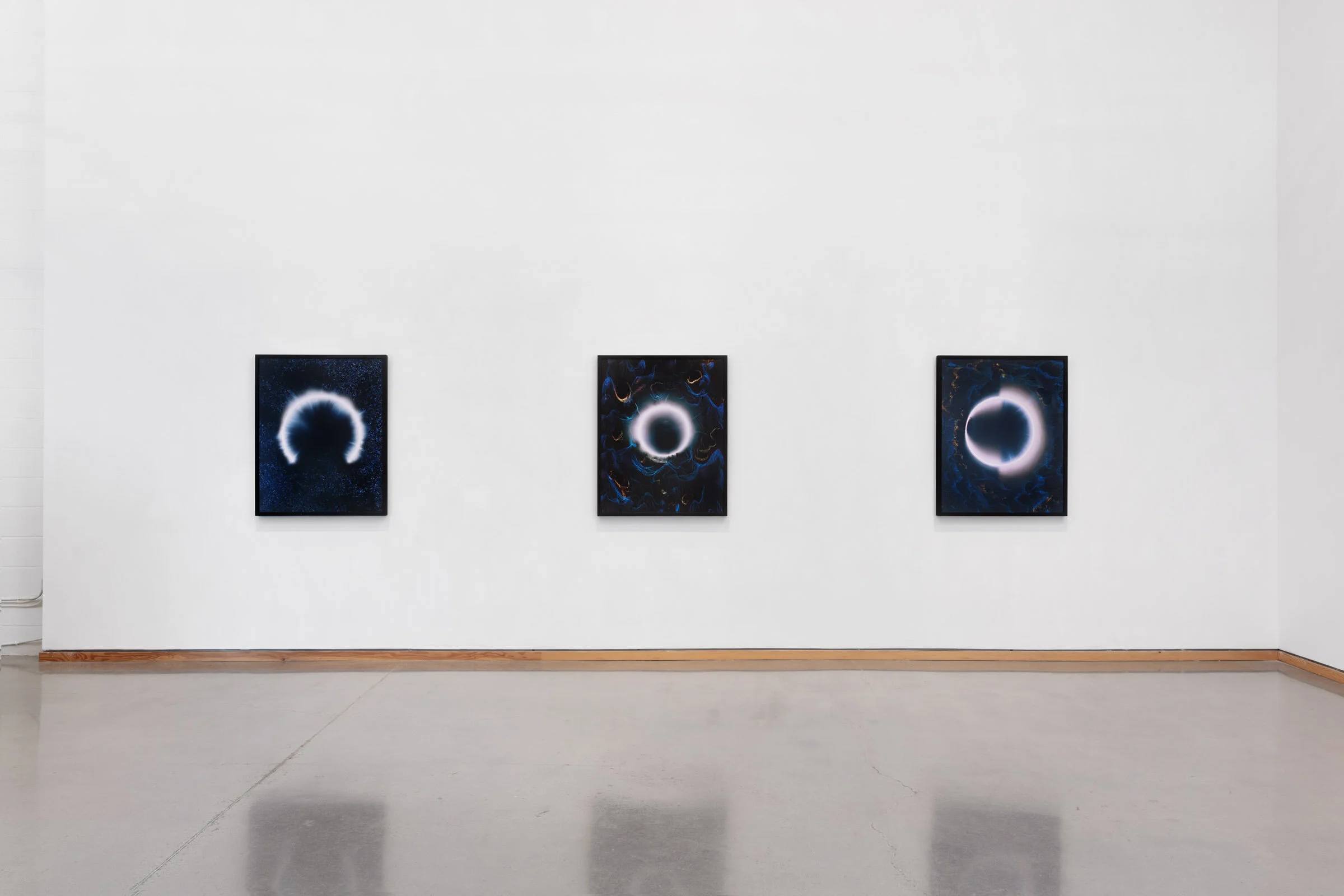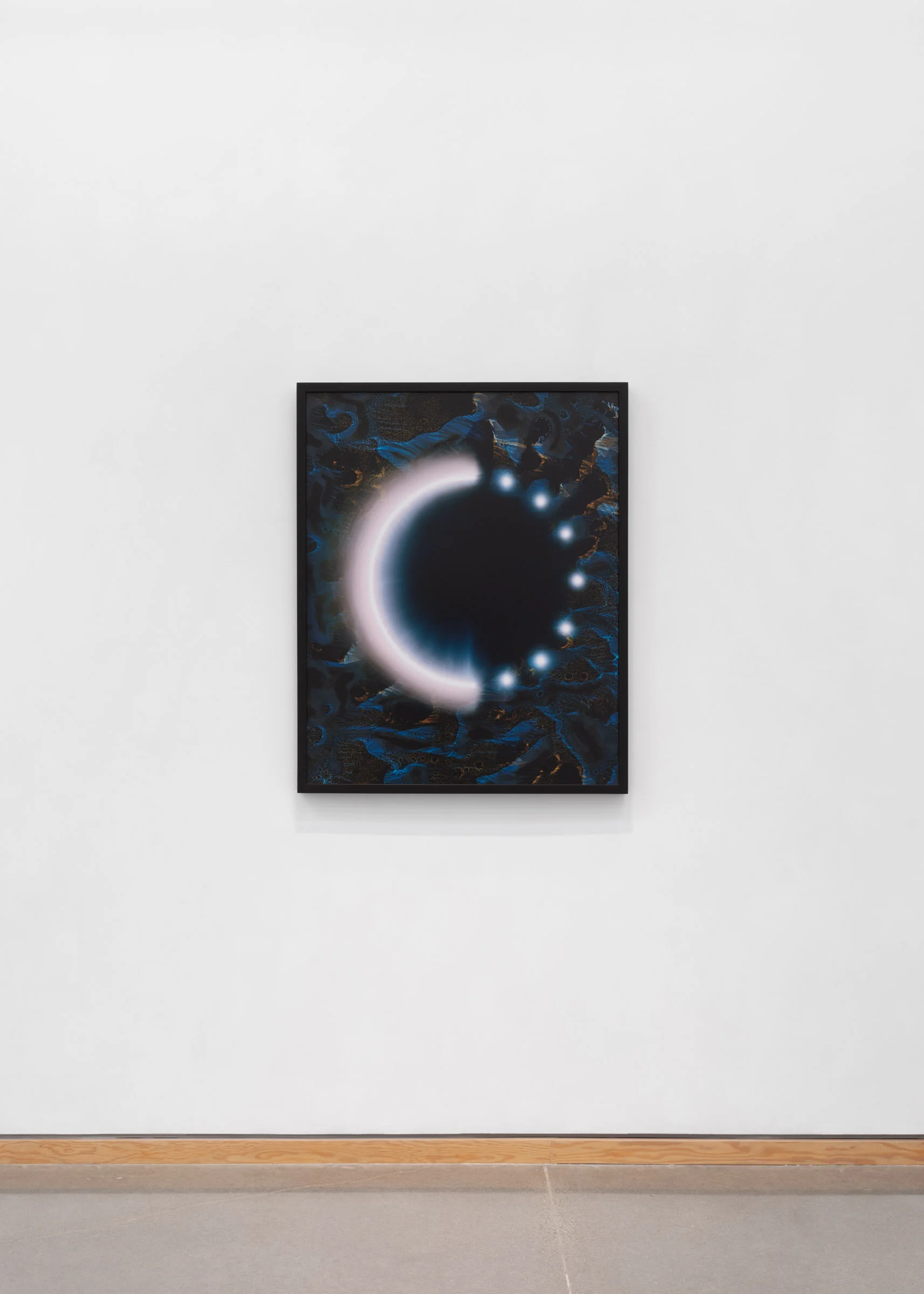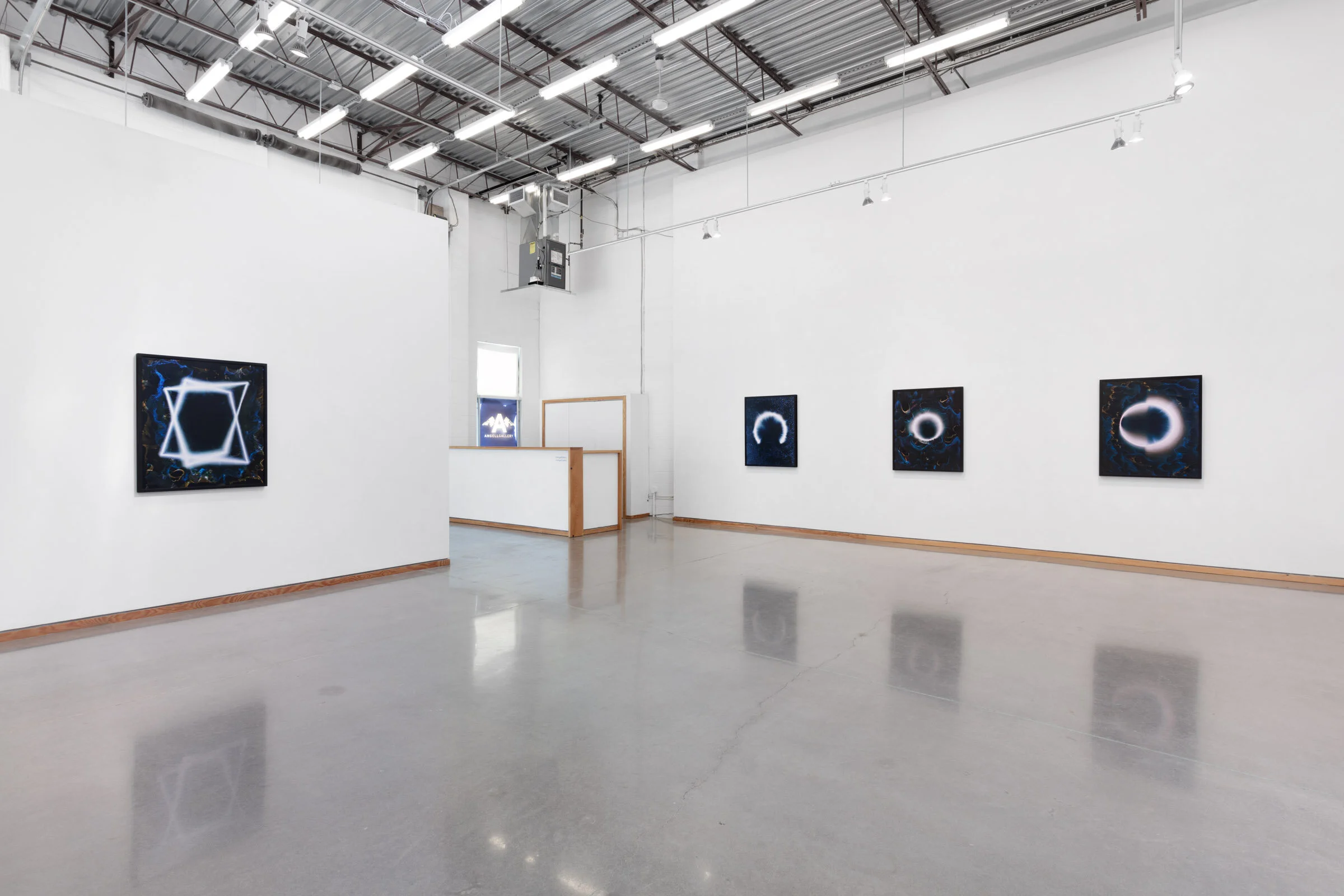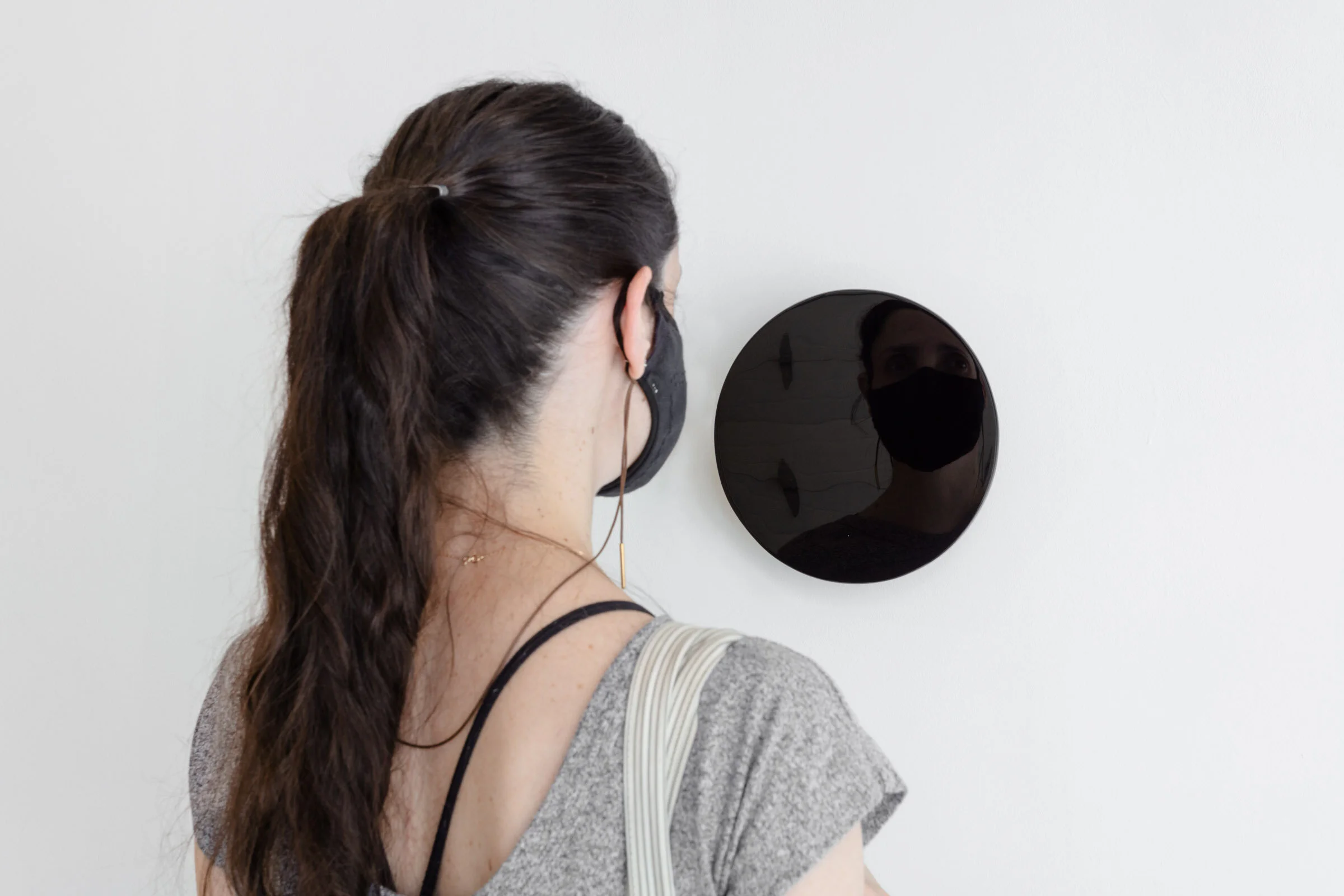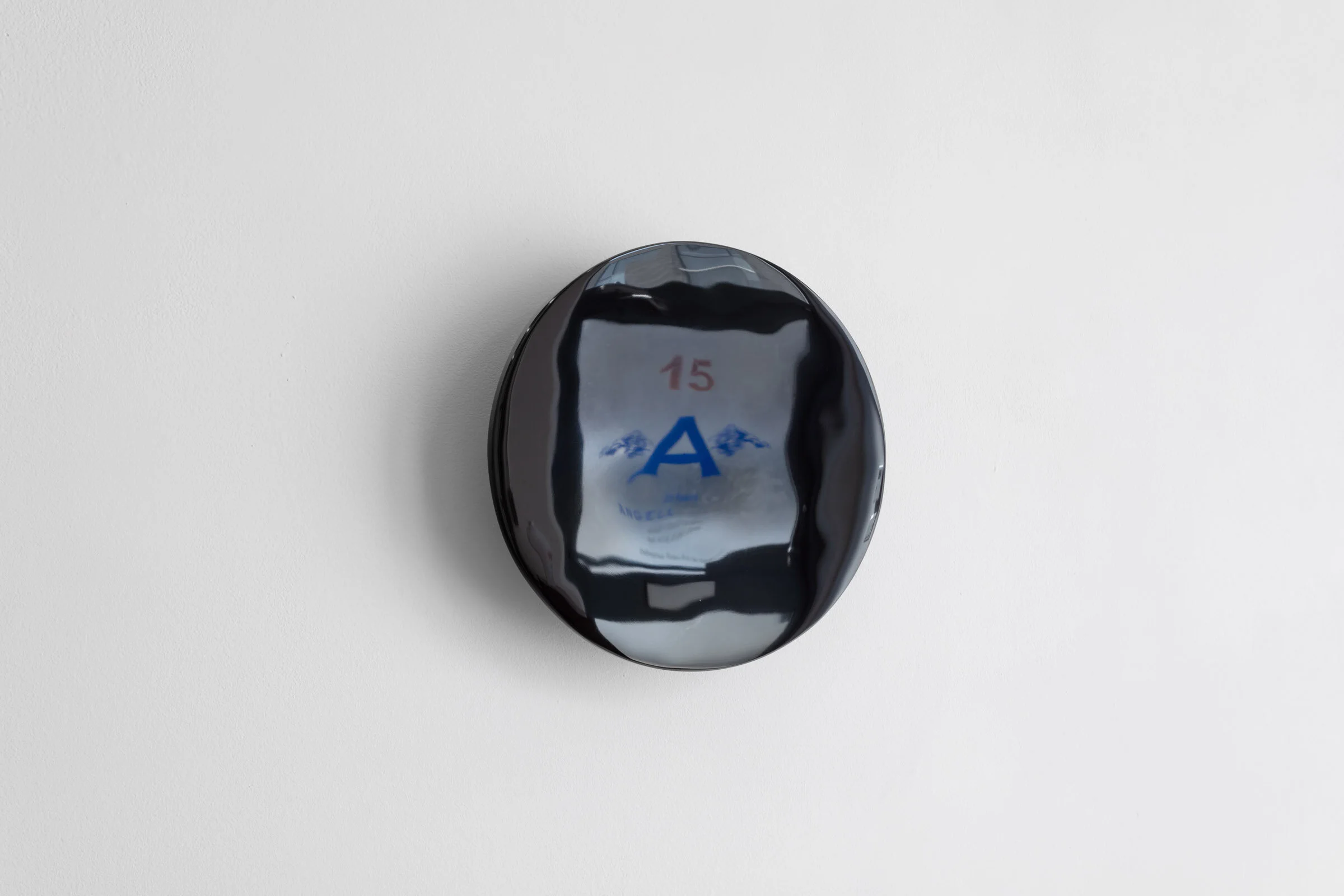ISABEL M. MARTÍNEZ: The Distance of an Echo
Isabel M. Martínez
The Phases of Fading Awareness (from The Distance of an Echo), 2019
Original: 2, 4 x 5 inch colour negative
Medium: chromogenic print
40 x 32 inches
Edition 1 of 3
Please click HERE for a list of artworks available.
ANGELL GALLERY is proud to present The Distance of an Echo by Isabel M. Martínez for the 2021 CONTACT Photography Festival. The exhibition shall be on view June 16 to July 24, 2021, and will be complemented by a virtual artist talk with the artist and Noor Alé (assistant curator of the Visual Arts Centre of Clarington), available on our YouTube channel June 29, 2021.
During a press conference held in Washington D.C. in April 2019, the international team of the Event Horizon Telescope project announced that they had conclusively taken the first photograph of a black hole. A team of over 200 scientists worked from six synchronized observatories stationed around the world, collecting data from the black hole at the centre of Messier 87, an elliptical galaxy over 50 million light-years away. Unsurprisingly, this distance—50 million light-years—feels meaningless, its scale wholly incompatible with human language. I’m reading articles online that offer up alternatives: like looking at an orange located on the surface of the moon; or reading a sentence in a newspaper in Los Angeles while you’re standing in New York. Yet there are other distances at play here as well, ones that remain less precisely calculable: the gaps between data and representation; between theory and fact; between what we imagine, what we see, and how we see it.
In The Distance of an Echo, Isabel M. Martínez’s new body of photographic work at Angell Gallery, spectral shapes hover against ambiguous churns of gold and blue. Again, my mind rushes to analogy—each is like the halo of a solar eclipse, the cool aura of neon, the afterburn of light behind my eyelids—all turns of phrase that gesture in the right direction while exposing how little they are able to say. After all, Martínez’s images are deceptively simple, yet each emerges from a highly labour-intensive (and entirely analogue) process manipulating the basic ingredients of photography itself. Light, chemistry, and time are rendered newly malleable in Martínez’s work, revealing something of the alchemical and fantastical energy that remains at the core of photography as a practice. Eschewing a steady, linear march towards achievement, her work evokes other timescales in the histories of image-making: entangled timelines of relation and intuition, centuries that criss-cross in messy networks of curiosity, accident, and magical thinking.[1]
Perhaps I am resistant to delineating the M87 image as some idealized pinnacle of photographic progress; or rather, it’s worth reconfiguring what routes that progress can take. Spending time with Martínez’s work, I’m reminded of why. Photography remains embroiled in narratives of observable evidence, yet the history of the medium is inextricable from our desires for other, less empirical forms of knowing. Is there a legacy for the M87 image that accounts for early-20th-century practices of séance photography, for instance; capturing weightless twists of ghostly ectoplasm that are not so dissimilar from the ripples of emulsion across Martínez’s works? What is a history of photography that recognizes the unknowable alongside the empirical? How often are we simply taking pictures of things we don’t understand, as if the act of taking pictures itself is tantamount to knowing?
Knowledge is never instantaneous, final, or whole; photography isn’t either. At the entrance to The Distance of an Echo, Martínez has installed a small circular piece of black obsidian—a scrying mirror to some (a centuries-old tool for seeing beyond the physical realm); or something more materially akin to a smartphone screen for others (a recent tool of similar use).[2] It’s a reminder that perception is a process, that there are significant gaps (spatial, temporal, and otherwise) between viewer and viewed. The black hole photograph was compiled from five petabytes of data—again, I’m hunting for analogies: five petabytes equals five million gigabytes, or 5,000 years of MP3 audio—an amount far too large to be shared over the internet. Instead, the data was saved on dozens of hard drives, packed in foam-lined wooden crates and shipped via FedEx.[3] The distance between viewer and viewed becomes larger still: how do we measure human sight across 50 million light-years in a manner that accounts for piles of customs paperwork, shoulders curved before a computer screen, atmospheric emissions from cargo planes? Entanglements of human labour and curiosity, wonder and consequence? To spend time with The Distance of an Echo is to let Martínez attune you to these different ways of looking: simultaneously large and intimate, tangible and wholly unknown.
Text by Daniella Sanader / Installation photographs by Laura Findlay
Artwork images copyright Isabel M. Martínez
The artist gratefully acknowledges the support of the Canada Council for the Arts.
[1] Martínez’s approach to analogue photography is also informed by her lifelong interest in Latin American writing in the Magical Realist tradition. These blurred lines between fantasy and reality—found in works by authors such as Jorge Luis Borges, Isabel Allende, and Gabriel García Márquez—are echoed in the ways she builds a visual language.
[2] It’s perhaps worth mentioning that smartphone technology relies upon the principles of quantum mechanics. Two months after the M87 black hole image was announced, physicists at the University of Glasgow revealed that they had captured the first definitive image of quantum entanglement, which Martínez cites as another reference point in The Distance of an Echo. Looking at both images side by side—two photons and a black hole, from the sub-atomic and the atmospheric—they are remarkably similar, on a formal and visual level.
[3] A process not entirely dissimilar from how Martínez might have sent her work to Angell Gallery, I imagine.
Isabel M. Martínez
The Other Future #1, 2019
Chromogenic print
40 x 32 inches
Edition 1 of 3
Isabel M. Martínez
Before a Moment Comes Into Being and the World is Remade Again, 2020
Chromogenic print
40 x 32 inches
Edition 1 of 3
Isabel M. Martínez
Not One but Half of Two, 2020
Chromogenic print
40 x 32 inches
Edition 1 of 3
Isabel M. Martínez
The Phases of Fading Awareness, 2019
Chromogenic print
40 x 32 inches
Edition 1 of 3
Isabel M. Martínez
To Remember the Invisible, 2020
Chromogenic print
40 x 32 inches
Edition 1 of 3
Isabel M. Martínez
The Remnants of the Sleep Before, 2020
Chromogenic print
40 x 32 inches
Edition 1 of 3
Isabel M. Martínez
Sometimes, Two Things are True at the Same Time, 2020
Chromogenic print
40 x 32 inches
Edition 1 of 3
The artist gratefully acknowledges the support of the Canada Council for the Arts.
